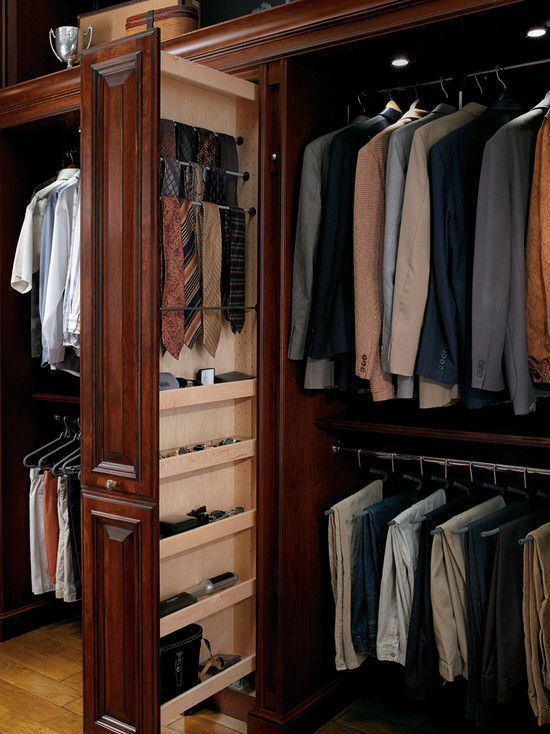
So, I’ve recently gotten into coffee and I spend an embarrassing amount of time online reading about different brewing methods, beans, and equipment. And as a relatively new convert, I’ve found that the world of coffee enthusiasts isn’t too different from the one that surrounds men’s style. Some are passionate about their way of doing things and think everyone else should follow. Then there are those that are more measured, more thoughtful, and more catholic in their views. They’ll say things such as “it’s all about what the person wants to achieve” or “it’s all about taste.” Which is absolutely true of everything that’s inherently subjective, but … it’s not very helpful advice to beginners.
This is partly why posts about “menswear essentials” are so terrible. Assuming they’re not advertorials (which we never do), they’re often too constraining and dictatorial. Ten Things Every Man Must Own! The Correct Way to Wear This Item!
In reality, as people develop their own personal sense of style, they’ll find their own essentials — things that often will never make it onto such lists or even be useful to other people. But if you’re just starting out, you may not have a very good sense of personal taste or even aesthetic direction. So, it can be useful for someone to lead you through some of the most basic purchases, even if they’re only a springboard for you to explore other areas.
So, here’s our list of “menswear essentials” with some caveats. We’ve gone through and listed things we think would be a solid, starting wardrobe, as well as reasons for why we think each item is useful. Each section has a list of links for further reading. Many of the things on this list are good basics that can stay with you for years, even as you explore other areas and develop your own sense of personal style. You don’t need to own everything on this list, but at least you can go into the wardrobe building process with some suggestions.
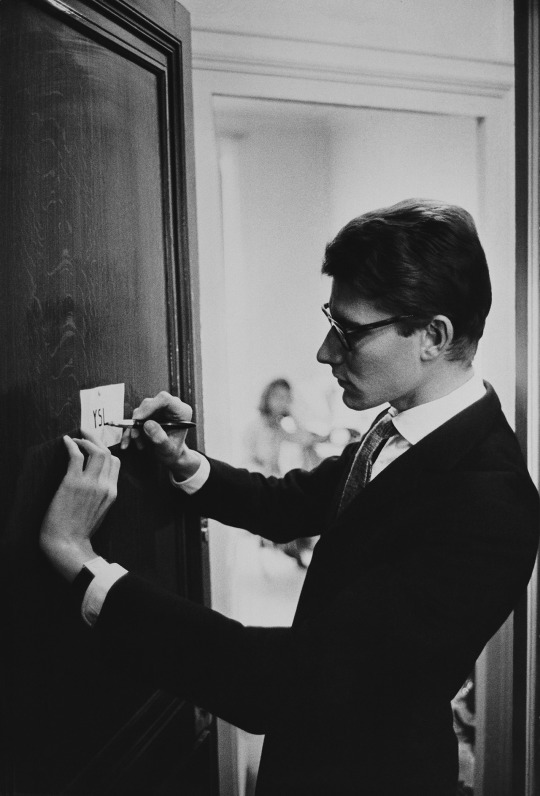
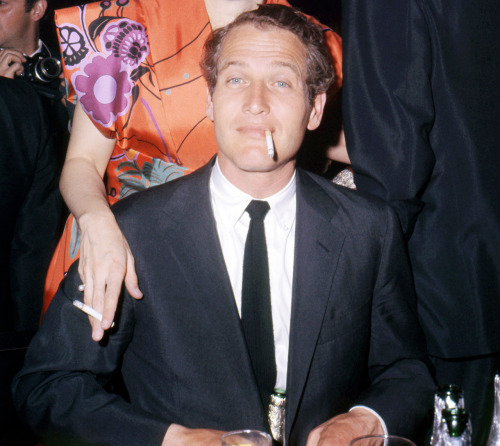
THE ONE ACTUAL ESSENTIAL
The Sincere Suit: Truthfully, there’s only one real wardrobe essential. No matter your background or lifestyle, you need a sincere suit — something to wear to serious occasions. Weddings, funerals, christenings, court appearances, big meetings, or job interviews. As Jesse once put it, “even professional surfers who live in beach huts in Bali have great-uncles who die back in Fresno. And great-aunts who’d feel bad if their grand-nephew showed up to the funeral in khakis and a polo shirt.”
The thing is, getting a good suit takes time. You don’t want to shop for one at the last minute, otherwise you’ll be forced to drop $500 on something that doesn’t look quite right and you don’t love. So start shopping for a sincere suit now, well before you actually need one.
We recommend getting something conservatively styled, in a single-breasted configuration with notch lapels and made from a dark gray or navy wool. Something that you’ll still be happy to wear in ten or fifteen years. For people who don’t wear suits often, you can also try to find a suit that can be broken into separates. That way, the jacket can do double-duty as a sport coat when you need (although, you’ll want to make sure the wool isn’t too shiny, which will give up the game).
Related posts: You Need a Sincere Suit; What Should You Get for Your First Suit?, A Japanese Guide on How a Suit Should Fit, and Suggestions for Where to Look for a Suit Parts One and Two
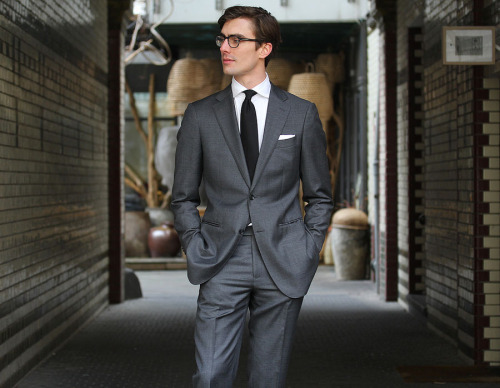
So now you have your sincere suit, you need some things to go along with it. A rundown of the accouterments:
White Dress Shirt: The plain white dress shirt is the foundation of a more formal suit-and-tie outfit. Something made from a smooth, plain fabric such as poplin, cut with a semi-spread collar that’s large enough to take a necktie (avoid skimpy collars). The key here is all in the fit. In one of our webisodes, you can see Carl from CEGO Custom Shirtmakers run through some of the basics of how a shirt should fit.
Dark Necktie: If you only own necktie, make it a black or navy silk grenadine. The texture adds visual interest to plainer ensembles, while the solid color makes this an easy pairing with patterned jackets and shirts. If you want to expand your wardrobe later, you can get some rep stripes and subtly patterned grey ties — say, black and white glen plaids — to supplement. Discretely patterned gray ties are great for formal occasions, and they pair well with navy.
White Linen Pocket Square: A pocket square is the easiest and most affordable way to improve the look of a suit or sport coat. Pick a crisp, white linen pocket square to start, which you can wear in the TV or Presidential fold. Its simplicity makes it easy to wear with almost any tailored jacket. When choosing one, get something with plump, handrolled edges (we sell some). It’s a small detail, but it helps separate the square from those with flat machine-sewn edges, which often look cheap.
Dress Shoes: If you think you’ll be wearing suits often, nothing beats a pair of black or dark brown oxfords. They’re sleek, sophisticated, and the only acceptable dress shoe in some circles. However, if you know you’ll rarely wear a suit, consider going for a derby instead. Their open-lacing makes them look a bit more casual — and thus less refined with a suit — but at least your shoes won’t be collecting dust for most of the year.
Belt and Socks: Finally, if your suit pants have belt loops, you’ll want a leather dress belt that approximately matches the color of your shoes (dark brown with dark brown, black with black). Socks should be solid navy and over-the-calf. Nobody wants to see your bare calves when you sit down in a suit.
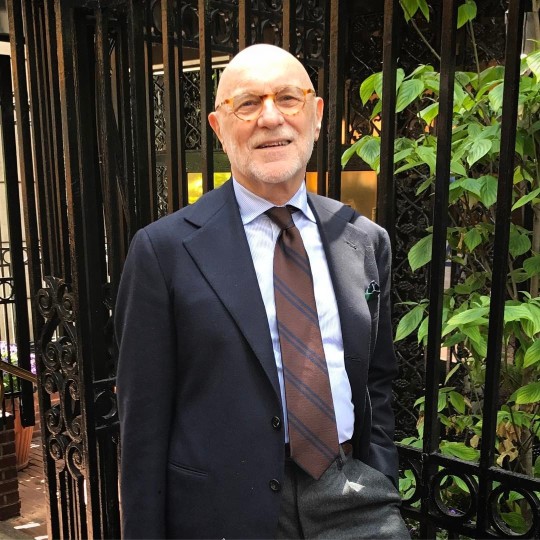

BASIC BUSINESS CASUAL
Navy Sport Coat: In today’s dressed down world, a navy sport coat is a great way to get the smart look of tailoring without the stuffiness of a gray flannel suit. This is the jacket you can wear on date nights or for meeting colleagues on the weekend. It’s the jacket that will make mom proud on Mother’s Day. Or the jacket you can bring with you when traveling and be prepared for almost anything — nights outs, dinner parties, or (most) business meetings. It’s hard to overstate the usefulness of a proper navy sport coat.
Get something classic. Softly tailored, single breasted, and made with notch lapels. Nothing too skimpy or full, and made with brown horn buttons instead of brass (the second can be charming, but also make you look like you belong to a yacht club). Most of all, try to get a jacket made from a slightly more textured wool, such as serge or hopsack. This will help distinguish it from slightly more formal suit jackets.
Related posts: Your Second Sport Coat Should be Brown, How a Sport Coat Should Fit, and Suggestions for Where to Look for a Suit Parts One and Two (the same places sell sport coats)
Gray Wool Trousers: Gray trousers are the backbone of tailored wardrobe — so much so that you should pause before buying anything that can’t be worn with them. The reason is simple. Gray as a color visually fades into the background, allowing the focus to be on your shirt, tie, and jacket combination (which is where you want it). Light and mid-gray will be your most versatile shades; charcoal less so because it often doesn’t lend enough contrast to darker colored jackets. Get a pair in flannel wool, then some subtle weaves such as whipcord and pick-and-pick. If you’re looking to expand your trouser wardrobe later, start with tan. It’s a slightly more casual color, but just as versatile. For now, we recommend sticking to solid colors. Patterned trousers, especially for a more classic and tailored wardrobe, can be difficult to wear.
Related posts: The Importance of Gray Pants, Sport Coat and Trouser Combinations, Charcoal Pants Aren’t That Useful, Three Types of Chinos, How Useful are Navy Trousers?, Jeans That Can be Worn with Sport Coats, and How Tailored Trousers Should Fit
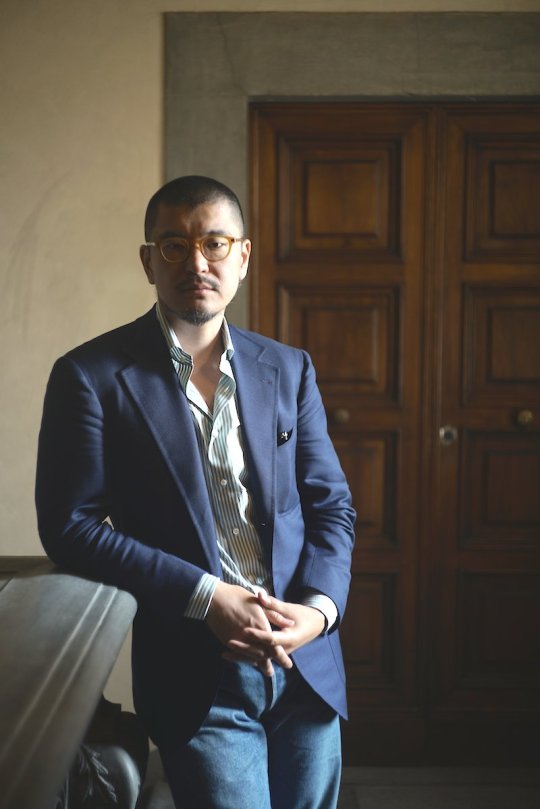
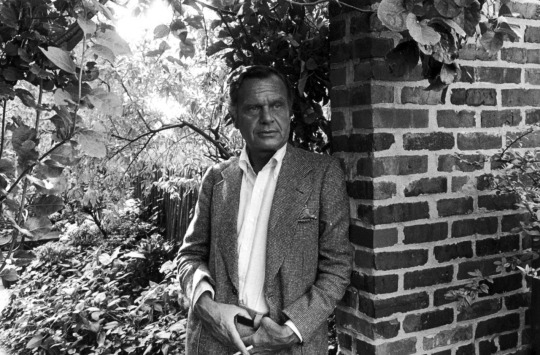
Oxford Cloth Button Downs (aka OCBDs): Over the years, the OCBD has become something of a symbol of all that is good — casualness, youth, education, trustworthiness, dependability, sport, and professionalism. They’re something a man can wear in the country or city, in sport or business, on weekdays or weekends. And next to jeans, they’re arguably America’s best contribution to men’s style.
The thing that makes the OCBD so great is its versatility. The collar is formal enough to take a tie, but also stands up straight when worn open. The fabric is fine for a dress shirt, but also hefty and textured enough for casualwear. For guys just starting to build a wardrobe, these can be a great springboard allowing you to explore different styles without having to constantly reinvent your shirt wardrobe. Get them in solid blue, solid white, and some basic blue/ white stripes (although mostly solid blue).
Related posts: How a Shirt Should Fit, A Custom Shirtmaker on the Basics of Fit, The Importance of White and Light Blue Shirts, Sit Down in Your Shirts, How to Wear a White Shirt, Better Ways to Wear a White Shirt, Thoughts on Basic Shirt Wardrobe, and our Oxford-Cloth Button-Down Series
Less Formal Dress Shoes: Oxfords can be too formal for anything less than a dark business suit, so you’ll want dress shoes that ride the line between sneakers and business wear. A classic pair of derbies can be worn almost year round with any sport coat ensemble — plain toe, cap toe, wingtip, or my favorite, the split-toe Norwegian. Pebble grained or sueded chukkas can also be wonderful for the fall and winter months; plain calfskin penny loafers are often better suited to spring/ summer. Explore a little here and chose something that feels right for your climate, lifestyle, and personality.
Ideally, you should buy at least two pairs of shoes and rotate, so that you never wear the same pair two days in a row. This gives your shoes enough time to properly dry, otherwise the sweat from your feet can prematurely break down the leather. Also, pick up some leather conditioner, shoe polish, shoe trees (preferably made from cedar), and a horsehair brush. You’ll need these to take care of your shoes.
Related posts: Figure Out Your Brannock Size, How to Know When Your Shoes Fit, The Seven Shoe Wardrobe, A Cautionary Tale About Leather, Some Shoe Terminology, Where to Find Affordable Shoes, What Shoe Care Products Should You Consider?, Should You Use Cream or Wax Polish, The Single Most Important Shoe Care Tip, and Our Webisode on Shoes
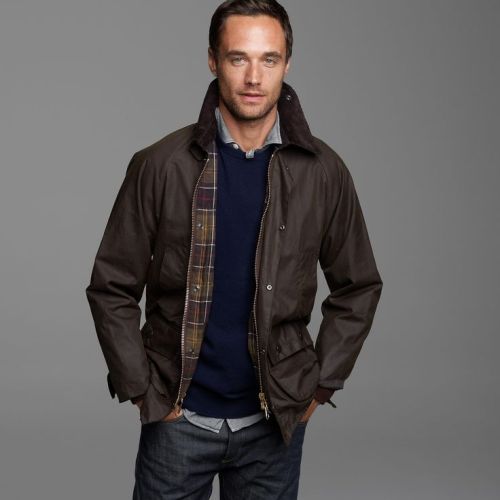
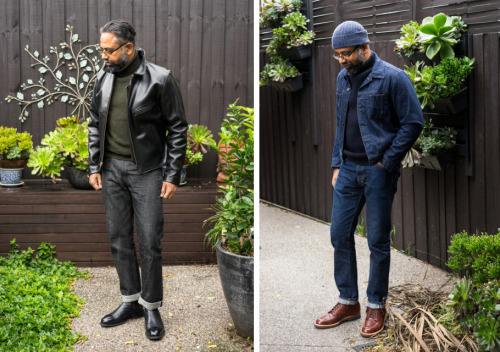
BASIC WEEKEND CASUAL
Raw Denim Jeans: Jeans are the cornerstone of a casual wardrobe, and raw denim is often favored because of how the denim naturally fades and breaks in over time. Even with the best manufacturing technologies today, pre-faded or distressed denim simply never looks as good as the real thing. And so long as you’re willing to put up with the initial stiffness of raw denim, they’ll look better and better as they age — like many other kinds of good clothes.
Getting the right pair, however, can be challenging. For guys just starting to build a wardrobe, we recommend starting with a pair in a slim-straight cut. These flatter most builds and are generally easier to wear across a range of casualwear styles — useful as you’re experimenting with different things and finding your own sense of style. A mid-weight denim around 12/13oz will also be crunchy enough to give you some interesting fades over time without feeling like you’re wearing armor at first. Just know the indigo is going to bleed a bit for the first few dozen wears, so don’t sit down on any white couches. Again, the charm is all in how raw denim naturally fades over time.
Related posts: Kiya Babzani of Self Edge on Common Denim Myths Part One and Two, The Whats and Whys of Unsanforized Denim, How to Repair Jeans, What is Selvedge Denim?, The Meaning of Selvedge Then and Now, Our Webisode on Denim, and The T-Shirt Outfit
Cotton Chinos: Chinos are not just chinos. Though they’re always casual, they come in different flavors of informality, so it’s good to be sensitive to these differences. Some have a rugged workwear sensibility, some feel dressy and tailored, and others sit between these two worlds. Pay attention to how the side seams look. Washed, garment dyed chinos, for example, will have a bit more detailing in a way that very dressy chinos may not (the more variation you see in the coloring and stitching, the more casual the look). See this post for a fuller explanation on how to spot these differences. When getting a pair, khaki will often be your most useful color, but olive can be great as well.
Related posts: The Three Types of Chinos and The T-Shirt Outfit
Good Knitwear: Plain and solid-colored sweaters, such as the merino or cashmere v-necks you can find in almost every department store nowadays, can be fine for dressier occasions. But if you’re planning to mostly wear this casually, aim for something textured, such as a cabled knit, Aran, or something made from a coarser fiber such as Shetland or lambswool. These will give the sweater a bit more surface interest, making them look better under a coat or even on their own. And while sweats have been derided for years as looking sloppy and ill-considered, almost everyone can use a solid gray cotton sweatshirt. It’s sporty, rugged, easy to maintain, and looks great under casual outerwear. We favor ones with a v-shaped gusset at the neck — an vintage detailing that sets these apart from cheaper sweats.
Related posts: Two Types of Sweaters, Five Suggestions for How to Buy Better Knitwear, How to Wash a Sweater, How to Take Care of Sweaters, The Best Knitwear Detergent, How to Find Good Cashmere, and then category posts on Sweatshirts, Arans, Shetlands, and Camber
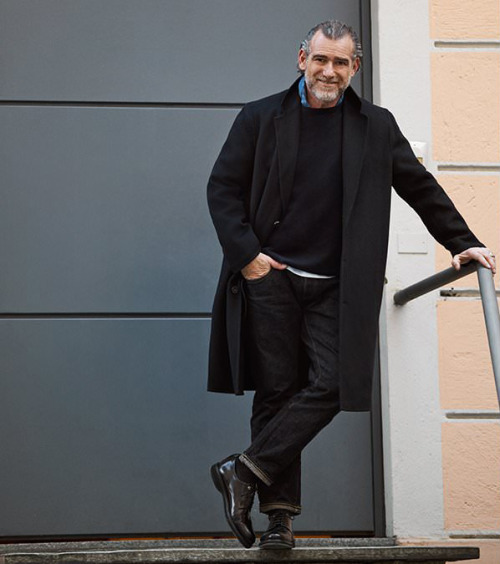
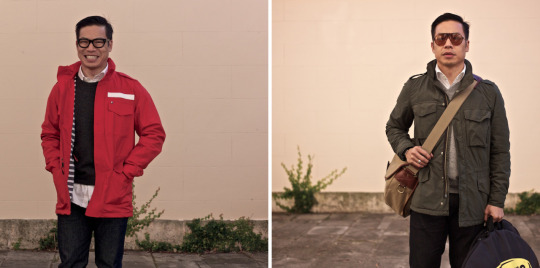
Button Up Shirts: We’re big fans of the plain white t-shirt here at Put This On, and even have a post talking about how they can be best worn. For guys who are just starting to build a wardrobe, however, you probably need fewer t-shirts and more button-ups. A collar is just a great way to frame the face — and it doesn’t have to look dressy. Try the oxford-cloth button-downs we mentioned above to start. Again, those are a great springboard for you to explore other styles while not having to constantly reinvent your shirt wardrobe. Other great options include linens, madras, plaid flannels, and chambrays. Ditch the graphic tees (for now).
Related posts: How a Shirt Should Fit, A Custom Shirtmaker on the Basics of Fit, The Importance of White and Light Blue Shirts, Sit Down in Your Shirts, Our Oxford-Cloth Button-Down Series, A Guide to Summer Shirts, A Guide to Fall Shirts Parts One and Two
Better Leather Shoes: Good style often starts from the bottom, which means it’s hard to look well dressed without a great pair of shoes. Part of this is about knowing how to spot quality. At the very least, avoid cheap looking leathers. The second is about figuring out which styles best suit your ideal wardrobe. It’s hard to narrow things down here to a practical list, as casualwear can be so varied, but Jesse’s post is terrific. It’ll guide you through some basics, such as chukkas, camp mocs, plain toe bluchers, country brogues, work boots, and Chelsea boots. All these sit in the middle of the spectrum in terms of formality — a bit better looking than gym shoes, but not as formal as oxford lace-ups.
Again, buy two pairs so you’re not wearing the same shoes two days in a row. This gives your shoes time to properly dry out, otherwise your sweat can prematurely break down the leather. You’ll also want to pick up some basic shoe care supplies. Leather shoes are expensive, so you’ll want to take care of them.
Related Posts: Ten In-Between Shoes, The Very Useful Work Boot, Figure Out Your Brannock Size, How to Know When Your Shoes Fit, Some Shoe Terminology, A Cautionary Tale About Leather, What Shoe Care Products Should You Consider?, Should You Use Cream or Wax Polish, The Single Most Important Shoe Care Tip, and Our Webisode on Shoes
Plain White Sneakers: White sneakers can look more harmonious with certain casual outfits than brown leather shoes of any stripe. For something cheap and basic, start with a pair made from cotton canvas — Chuck Taylors, Jack Purcells, Vans Authentics, Supergas, or Spring Courts. These can often be had for less than $50. If you have a bit more money to spend, you can go for more refined looking, plain white leather sneakers (a la Common Projects and their many copycats). Adidas’ Stan Smiths and Rod Lavers are also great. And we’re big fans of German Army Trainers (the model for many classic sneaker designs today). Again, a great way to add another option to your casual footwear rotation.
Related posts: Alternatives to Common Projects, Adidas’ Other Tennis Shoe, The German Army Trainer, Adidas is Coming Out with GATs, and How to Clean Sneakers
Three Casual Jackets: This is the fun stuff. A coat can really make an outfit, which is why it’s often worth spending a little more in this category. That said, unless you’re made of money, everything above will likely leave you with little left for a good jacket (and you’ll want more than one). So to start, consider something vintage, maybe bought at a thrift shop or local surplus store. Pea coats and military field jackets can be great in this regard. eBay is also full of duffle coats from well-regarded brands such as Gloverall, Montgomery, Ralph Lauren, and Brooks Brothers. Expect these to run you about $100.
If vintage doesn’t appeal, we have a two-part series on outerwear that won’t break the bank. Shops such as Club Monaco and J. Crew can also be great for contemporary styled options under $200 (buy on sale). Our eBay roundups and Grailed are also great resources.
Experiment here. Dig into things that give you style inspiration, whether they be films, art, music subcultures, historical movements, designer lookbooks, or anything else. Invest as much as you can into your outerwear, and be prepared for a bit of turnaround — buying and reselling things as you find new items that appeal to you. The good news is that, compared to other things on this list (e.g. shirts and pants), the value of outerwear often steadily holds at about 25-50% of retail, so you can recoup most of your money if you buy on sale or shop second-hand.
If I were forced to make suggestions to someone just starting out, I say pick up an olive-colored M-65 style army jacket (or its various iterations). Then a heavy topcoat that at least reaches the knees, perhaps also a Barbour (the waxed cotton can double as a light rain jacket). These three should cover you for almost any kind of weather.
Related posts: A Buyer’s Guide to Barbour, Options for Affordable Outerwear Parts One and Two, Nothing More Classic Than a Peacoat, Splurge a Little On Outerwear, and Field Guide to Field Jackets







